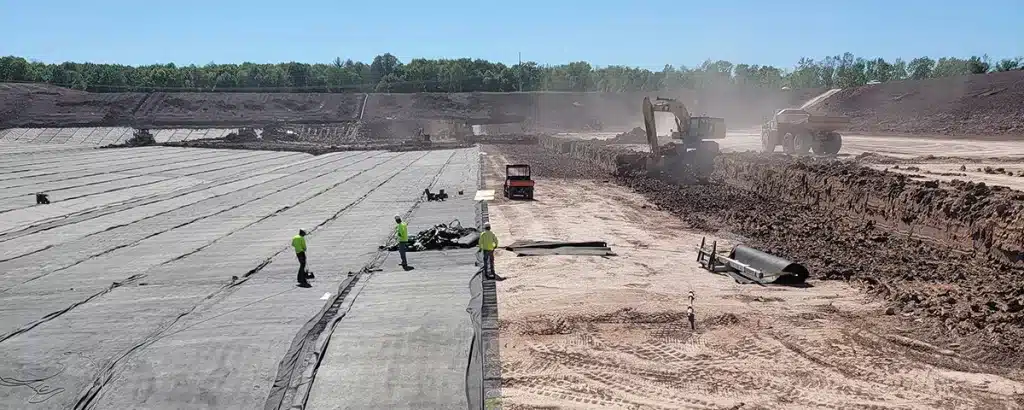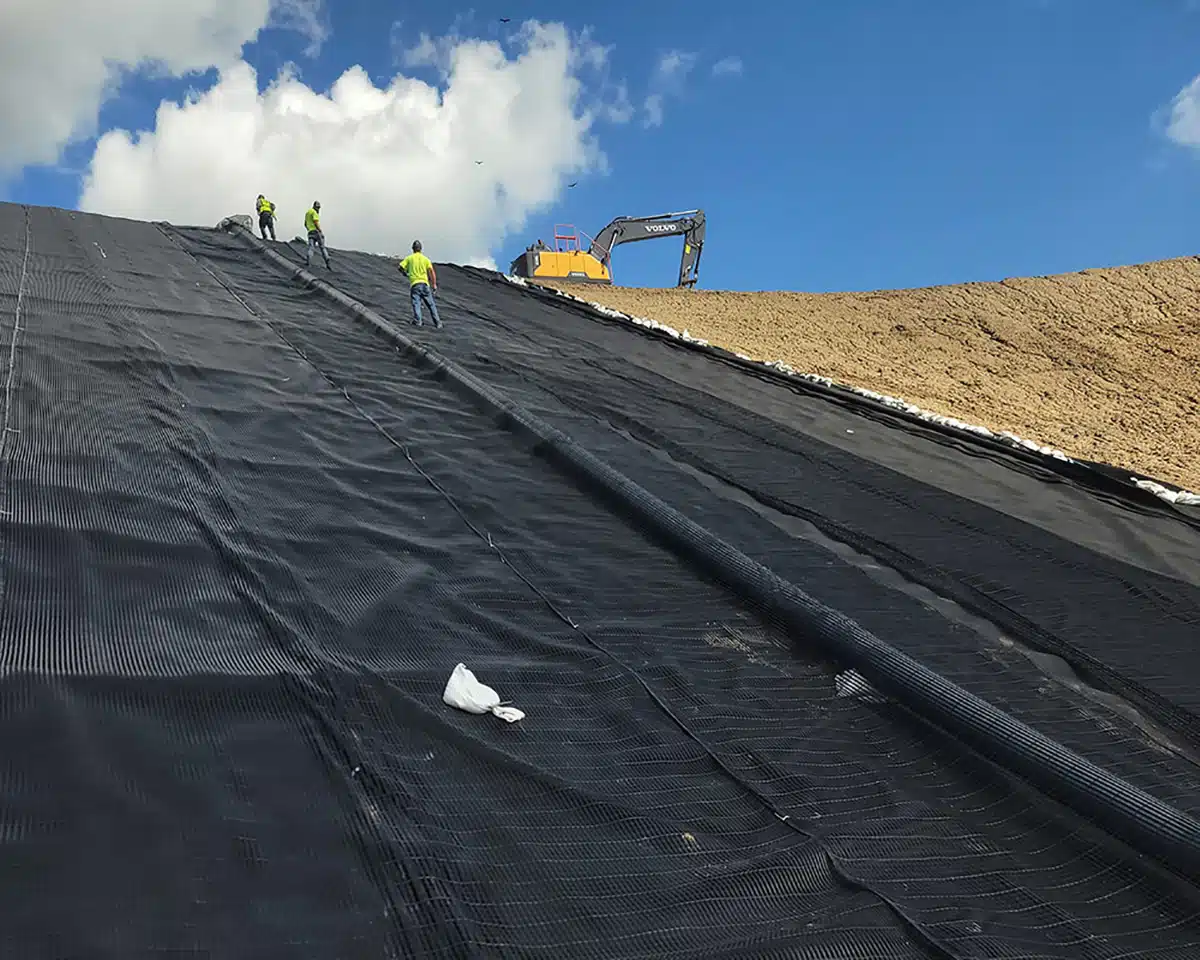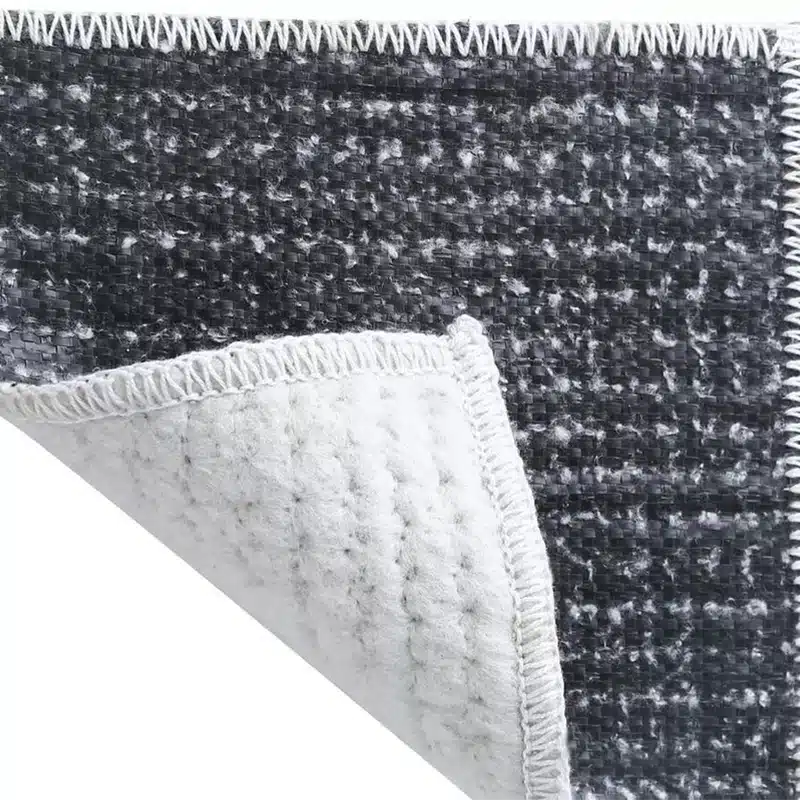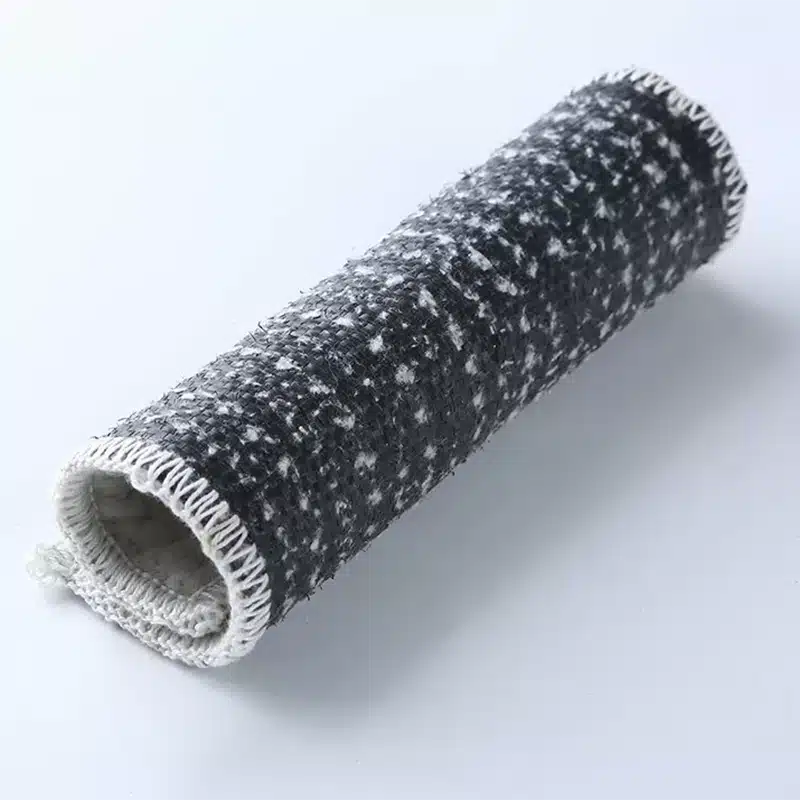+86-159 9860 6917
info@geofantex.com
geofantex@gmail.com
+86-400-8266163-44899
A geosynthetic clay liner, often abbreviated as GCL, is a versatile and essential material in engineering and environmental projects. Comprising sodium bentonite, geotextiles, and carrier materials, GCLs serve as robust anti-seepage solutions for artificial lakes, landfills, underground garages, and more. The unique composition of GCLs allows them to create low-permeability barriers that effectively prevent the passage of liquids and gases. Whether in the construction of roof gardens, pools, oil depots, or chemical storage yards, GCLs offer reliability and durability, making them a preferred choice for safeguarding against leakage and ensuring the integrity of structures. Explore the world of geosynthetic clay liners and discover how they play a crucial role in maintaining the stability and security of various engineering and environmental projects.”

What is a geosynthetic clay liner?
A geosynthetic clay liner (GCL) is an engineered material used primarily for environmental containment applications to prevent the migration of contaminants. It consists of two layers of geotextiles, which are synthetic polymer fabrics, enveloping a layer of bentonite clay. Bentonite, a highly absorbent clay, swells upon contact with water, creating a very low permeability barrier.
GCLs are used in various industries, most notably in landfill construction, where they serve as an effective barrier against leachate—a contaminated liquid that results from water percolating through wastes. They are also employed in the construction of ponds, canals, and water reservoirs to prevent water loss. Additionally, geosynthetic clay liners are used in civil engineering projects such as roadways and railways for subgrade stabilization and erosion control.
How do you install geosynthetic clay liners?
Installing a geosynthetic clay liner (GCL) involves several steps:
- Site Preparation: Before installing a GCL, ensure the site is properly graded and compacted. Any sharp objects or rocks should be removed to prevent damage to the GCL.
- GCL Unrolling: Roll out the GCL panels, overlapping the edges to create a continuous barrier. Ensure that the geotextile side faces up and the carrier side faces down.
- Seaming: Join GCL panels by overlapping the geotextile and stitching them together. It’s important to follow manufacturer guidelines for seaming.
- Cover Material Placement: Over the GCL, add a cover material like soil or gravel to protect the liner from damage and prevent UV exposure.
- Quality Control: Regularly inspect the liner during installation to identify and address any damage or imperfections.
- Testing: Conduct integrity testing to ensure the GCL performs as expected.
How does a geosynthetic clay liner work?
A geosynthetic clay liner (GCL) is a type of composite liner used in various environmental containment applications, such as landfills, mining facilities, and wastewater treatment plants. It’s designed to provide a barrier to fluid migration, typically water, and prevent contamination of soil and groundwater.
Here’s how it works:
- Components: A GCL typically consists of two layers of geotextile fabric sandwiching a layer of bentonite clay. Bentonite is a highly absorbent clay mineral that swells when it comes into contact with water.
- Hydration: When the GCL is exposed to water, either during installation or due to natural precipitation, the bentonite clay within the liner absorbs the water and swells, forming a dense, impermeable barrier. This swelling process creates a seal that prevents the passage of water through the liner.
- Physical Barrier: The geotextile layers provide mechanical support and protection to the bentonite clay layer, preventing it from being washed away or damaged during installation or use.
- Flexibility: Geosynthetic clay liners are flexible and conformable, allowing them to adapt to the contours of the underlying soil surface and accommodate settlement or movement without compromising their effectiveness.
- Longevity: Properly designed and installed GCLs can provide long-term containment solutions, offering reliable protection against fluid migration and environmental contamination.
Overall, geosynthetic clay liners offer an effective and environmentally friendly solution for containment applications where the prevention of fluid migration is critical.

What are the components of geosynthetic clay liners?
As mentioned earlier, GCLs are composed of three primary components:
- A layer of bentonite or other very low-permeability material supported by geotextiles and/or geomembranes: This is the active ingredient responsible for sealing the liner.
- Geotextiles: They protect and encase the bentonite or low-permeability material, adding strength and durability to the liner.
- Carrier Materials: These materials offer additional support and protection for the GCL.
How do you install a clay pond liner?
When installing a clay pond liner, the process bears resemblance to installing a Geosynthetic Clay Liner (GCL), although it predominantly features natural clay material, devoid of geosynthetic components. Here are the essential steps:
- Drain your pond: To begin, empty the pond by removing all the water from it.
- Divide the pond bottom area into smaller squared areas: After draining, divide the pond bottom into smaller square sections to facilitate the even distribution of the clay.
- Distribute the bentonite into the pond bottom area: Spread the clay evenly across the squared sections to create a consistent and effective barrier.
- Compact the bentonite into the bottom of the pond: Employ compaction techniques to ensure that the clay layers are tightly packed, reducing the risk of seepage.
- Fill your pond: Once the clay is securely in place, refill your pond with water.
These steps are vital for successfully installing a clay pond liner, ensuring that your pond effectively retains water without leakage, just as a GCL would in various engineering applications.



Get Free Sample
We’ll respond as soon as possible(within 12 hours)






















